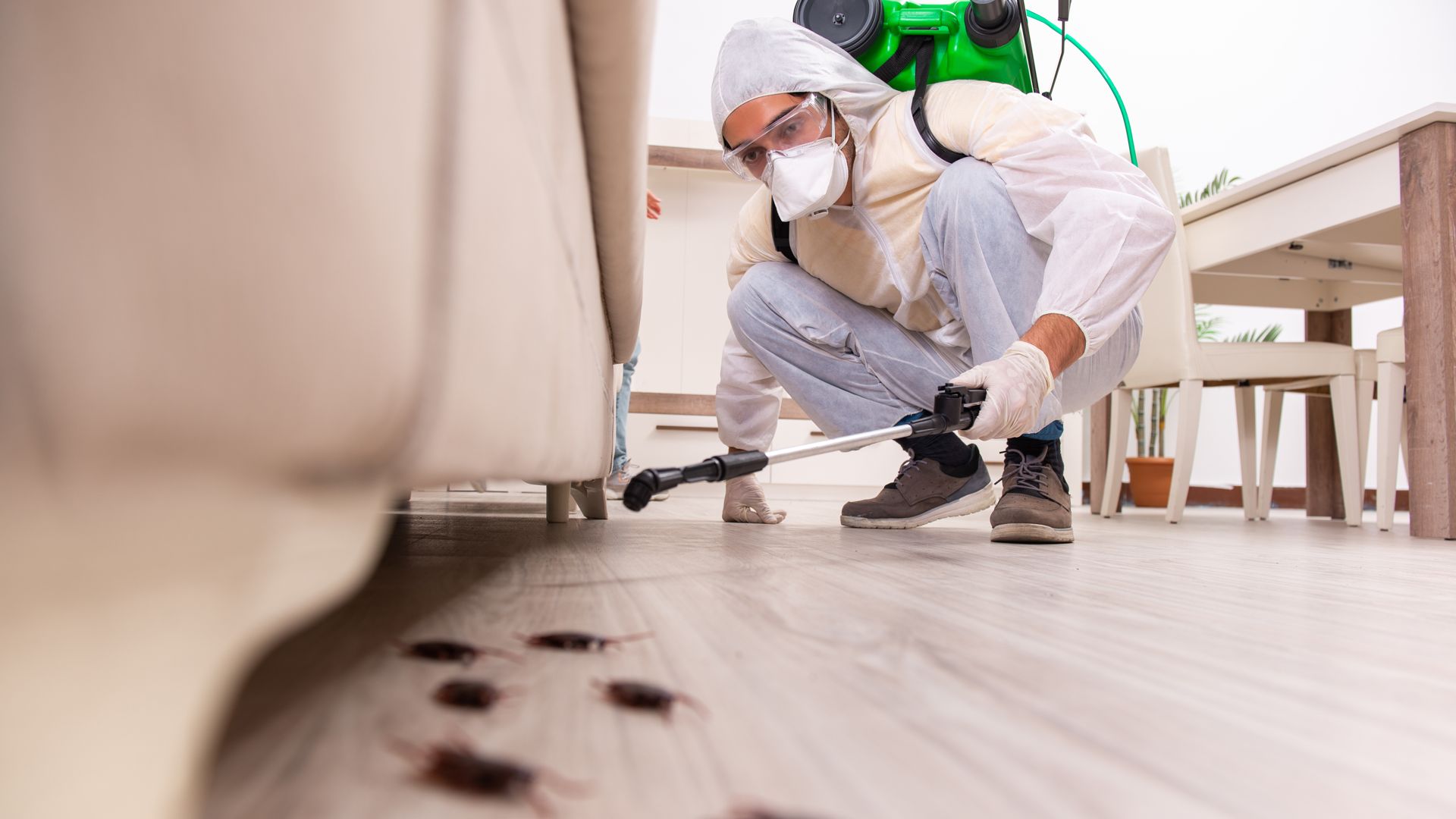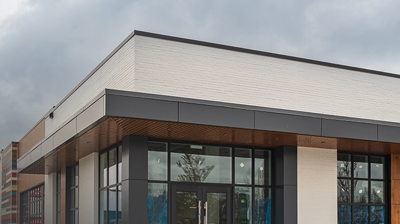
How to identify a termite infestation on your property
In our Los Angeles County service area, we have basically three termite types. Drywood termites are the ones that attack hardwood and enter homes by finding tiny gaps, cracks, and holes. Dampwood termites attack dampwood. The conditions that inspire these termites are plumbing leaks, clogged gutters, and wood debris that sits on the ground. The worst of the termites in our area are subterranean termites. These are sneaky insects that can enter Los Angeles County homes by the millions without being detected. Let's take a moment to discuss what these insects look like and how you might detect them on your L.A. property.
Termite Control In Los Angeles County
If you need a termite inspection, a treatment, or ongoing termite protection in Los Angeles, remember that the service team at Homeshield Pest Control is available to assist you. We use advanced termite control strategies and trusted products to make sure your property is protected. If you have questions, or you'd like to schedule a visit from one of our licensed professionals, connect with us today. Don't wait until you see termite activity or start to notice the warning signs. These insects can take a bite out of your equity and create a financial mess for you and your family. The best solution is proactive termite control.
Size
- Dampwood termites are large—as termites go. They can be between ½ and ? of an inch long. These are the largest of all the termites that attack Los Angeles homes.
- Drywood termites tend to be about ? of an inch long. These are your mid-sized termites.
- Subterranean termites are a mere ? of an inch long and the smallest of all the termites that attack L.A. properties. This is one of the reasons subterranean termites are difficult to detect. You can pick up a rotting tree branch with hundreds of subterranean termite workers in it and not even know it.
The general sizes given above are for worker termites. Alates are about twice the size of the workers. An alate (also referred to as a swarmer) is a winged termite. Its wings are about twice the size of its body, stretching much farther than the end of its abdomen. This long wing length accounts for most of the reason alates are about twice the length of workers. All alates begin life as worker termites and develop into reproductive winged termites at the command of their queen.
Description
If you discover termites on your property, you might not know it. They can be mistaken for other insects. This isn't surprising since there are hundreds of thousands of insect species in the world.
- Termites can look like tiny maggots clinging to wood, but maggots don't have legs with which to crawl away into the cracks of wood. Keep this in mind if you see pale-colored insects on a piece of wood or cardboard in your yard.
- Termites are sometimes mistaken for ants. Fairly often, we get calls to deal with "white ants" on L.A. properties. If you see white ants, take a closer look. They're probably termites.
- Winged termites are black or dark orange with long white wings. Their wings stack on their backs and are rounded at the tips rather than possessing a cleft like the wings of an ant.
When You Don't See Termites
It is likely that you won't actually see termites. These insects prefer to say hidden from view. However, you can detect termites in other ways:
- Frass. Drywood termites produce frass. This material is pushed out of tiny kickout holes. You may see these holes or frass building up on surfaces. Frass consists mostly of fecal matter. The droppings of termites take on the color of the wood the termites are feeding on, so it might look like sawdust to you. If you take a closer look, you'll notice that it looks like pellets or pepper, not shavings.
- Mud tubes. Subterranean termites may create shelter tubes on your foundation walls or other surfaces. These tubes are made with soil and saliva which basically makes them mud. If you see lines of mud on your home, contact a licensed termite control professional as soon as possible.
- Swarmers. Alates can be a warning sign of termite activity. It isn't a great warning sign because it takes years for a nest to begin to develop winged reproductives. By the time you see swarmers, your home could have been damaged for years. Swarmers can appear on the outside or inside of your home.
- Damage. Most of the damage termites do to wood is located inside the wood itself, but you might still see damage. This is particularly true of drywood and dampwood termites. If you notice changes to the wood of your home, have these areas checked out by a pest professional.

Our Pest Control Services
We Provide Reliable Home Pest Control And Commercial Pest Control Solutions.
Why Our Customers Love Us
HomeShield Pest Control received an average rating of 5.0 out of 5 stars from over 8000+ reviews.
-
Homeshield was great to work with!“Homeshield was great to work with! My wife and I encountered a really bad termite problem at our new home during the renovation phase, and needed treatment asap so that renovation could resume. Mike drove all the way down for an inspection, and was very thorough in his explanations. He was able to match a competitor's price for the treatment and locked in a day for the following week. Daniel and Elias, the technicians, were very communicative about their ETA and did a good job explaining their respective roles. All in all, a quick and easy process. Thank you, Homeshield!”- James Y.
-
Pleasant, friendly and respectful.“Bronson announced his arrival and departure. He inquired if there was anything specific that we wanted done prior to him starting his regular service. Pleasant, friendly and respectful.”- Joseph S.
-
Will continue using homeshield!“
Amazing work! Switched from Terminex as I was tired of having scheduling issues and wanted something eco friendly for my dogs and upcoming baby.
”
I definitely recommend trying to get Jose Garcia as your technician as he was very communicative and kept us updated throughout the service process.
Will continue using homeshield!- Chris P.M. -
Humble and helpful. Does what ever we are asking for.“You guys provide very quality service. We are very happy with the service. Every time the person comes to our place to provide service is very humble and helpful. Does what ever we are asking for. Thank you.”- Arif S.
-
Excellent experience. Super professional and thorough“
Excellent experience. Super professional and thorough. Found them through yelp and they called immediately with affordable options and set up an appointment. The technician was wonderful. Would highly recommend.
”- Samantha S. -
Quote came within minutes and price was very reasonable.“
Dee provided a very thorough and detailed inspection. Walked us through the entire process and what we could expect throughout the initial services and beyond. Quote came within minutes and price was very reasonable.
”- Jason D. -
Ben was FANTASTIC“
Ben was FANTASTIC in every way, He came to give me an estimate on my home, was on time, polite, knowledgeable, and extremely professional in how he handled everything. Had 4 other termite co. to give me an estimate, not even close to Ben's expertise, I would give him a 10 if I could. Will definitely use him in all my other projects , they are a lot since I am in real estate and have many clients.
”- Judy M. -
Victor, was very professional, helpful and informative.“
We had a great experience. They were able to work with our schedule to make a quick appointment. The service professional, Victor, was very professional, helpful and informative.
”- Mark S.

Featured On








.svg.2405150737550.png)






